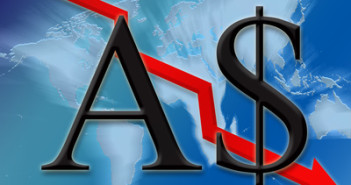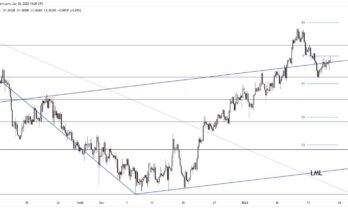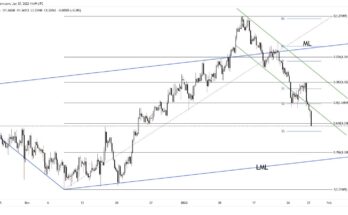The Aussie has been on something of a roller-coaster ride recently as the central bank has moved away from trying to talk the currency lower. This came after a fairly concerted effort of verbal intervention in the closing months of last year. The latest spanner in the works is the labour market data, with the unemployment rate rising to 6.0% and the headline change in actual employment falling for the second consecutive month. This pulled the rug from the Aussie charge above the 0.90 level seen earlier in the week and underlines our view that this will be an on-going pattern for the time being, with both the bulls and the bears unable to dig their heels in for a sustained period.
The other key change over the past 24 hours has been sterling in the wake of the latest quarterly Inflation Report from the Bank of England. The main surprise was the fact that market expectations of interest rate hikes were enhanced, despite the fact that the Bank did its best to assure markets that rates were set to remain low, even if the unemployment rate continues to fall. This pushed cable above the 1.66 level towards the close of play on Wednesday, a level which is just about holding at the start of the European session. That said, there is little doubting that policy has become a lot more complicated under the new governor, with more forecasts and pillars announced yesterday. Still, should their forecast of growth above 3% this year come to fruition, sterling should remain relatively well supported among the major currencies.
Further reading:
EUR/USD Feb. 13 – Higher Ahead of Unemployment Claims
EUR/USD: Trading the German Preliminary GDP



